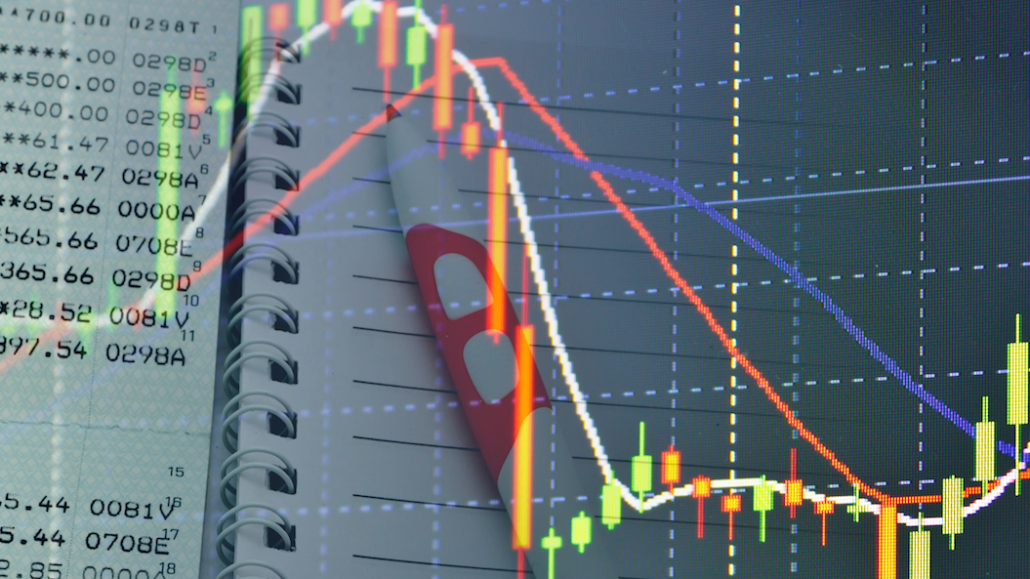
Many brands are turning to native advertising in an attempt to forge a connection with consumers. But getting this to actually happen has proven elusive. Publishers aren’t quite at the point of being able to show conclusively that native ads are driving people to purchase, but many are still improving over the standard publisher metrics of clicks and shares by providing predictive feedback and, in some cases, calls to action.
Here’s how some publishers (and brands) are doing it. One key takeaway? Forget clicks: it’s the engagement, stupid:
Say Media
Greg Williams, senior director for product management, said Say has just begun measuring how much time an ad was viewed and engaged with, building on its accountable pricing for native ads. “How do we prove people are engaging with our content?” he asked. “There’s generally a vacuum of metrics that are being used to prove they’re getting value. There’s definitely an opportunity to set the standard.”
The Atlantic
Two years into offering native ads, the publisher has started offering advertisers access to predictive analytics provided by Simple Reach that shows brands how their campaign is performing and lets them tweak the ads in real time. Brands can see the amount of time spent with an ad, if and how people are sharing it, said Hayley Romer, vp, publisher. “One of the things we love with native is it opens up the door to measuring things people are actually doing.”
Demand Media
Demand recently entered the branded-content business, and while most brands still want to measure traffic as a proxy for brand visibility and reach, many also want to tie the content back to some type of conversion, vp of marketing Kristen Moore said. So for a consumer-products advertiser, Demand created a product-recommendation module that suggests products from the brand that the consumer might want to review or buy after viewing the content.
Forbes
The business publication has been giving advertisers access to dashboards that measure stats like pageviews and repeat visitors and social sharing results, and it continues to add reporting features. It’s introducing email alerts that give real-time feedback on how posts are performing and even predict if a post will perform well socially in the hours ahead. Forbes also will be able to drill down into the data to tell advertisers how their ads are performing by content category.
BuzzFeed
The viral publisher does custom studies and provides a dashboard of social data to all of its clients. Those can include measuring how far a campaign’s social reach extends past sharing from the site; and studies that measure a campaign’s impact on brand awareness, perception and purchase intent.
Ad position: web_incontent_pos1
Globe and Mail
The Toronto newspaper has been tracking engagement metrics for advertisers like GE, using data from Moat to show time spent on article, where people are coming from, how long the article was in view, whether they went to the advertiser’s site after viewing the article or elsewhere. “It’s audience knowledge,” said Cynthia Young, director of advertising products and innovation. “We’re changing the conversation from the click to engagement.”
Central Desktop
Some brands aren’t relying on publishers to figure out how their content is performing. The B2B provider of online collaboration tools produces content that doesn’t really lend itself to massive sharing. So instead, it looked for ways to measure engagement beyond the traditional social engagement tools. Using Contently’s new reporting tool, Insights, Central Desktop looks at data points such as scroll time and depth to measure stickiness. “Our target doesn’t lend itself to a thousand retweets,” content marketing manager Adam McKibbin said. “Seeing how long customers are staying on the page, the impact of images on the page, being able to compare authors, is all interesting to us.”
More in Media

NewFronts Briefing: Samsung, Condé Nast, Roku focus presentations on new ad formats and category-specific inventory
Day two of IAB’s NewFronts featured presentations from Samsung, Condé Nast and Roku, highlighting new partnerships, ad formats and inventory, as well as new AI capabilities.

The Athletic to raise ad prices as it paces to hit 3 million newsletter subscribers
The New York Times’ sports site The Athletic is about to hit 3 million total newsletter subscribers. It plans to raise ad prices as as a result of this nearly 20% year over year increase.

NewFronts Briefing: Google, Vizio and news publishers pitch marketers with new ad offerings and range of content categories
Day one of the 2024 IAB NewFronts featured presentations from Google and Vizio, as well as a spotlight on news publishers.
Ad position: web_bfu